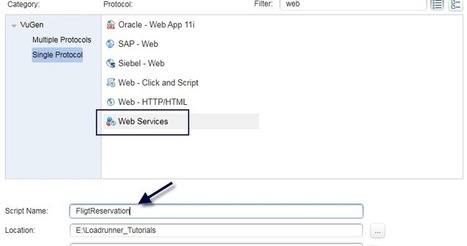This is a repository of code snippets. Please send me any useful sections of code that you have written.
Note that this repository does not contain trivial examples (i.e. something you could learn by looking at the example code in the LoadRunner Online Function Reference - accessed by pressing F1 in VuGen).
Code snippets that have been written as separate Tech Tips:
- Adding try/catch blocks to Java-based BPM scripts
- How to query a MySQL database
- How to calculate the difference between two dates or timestamps
- Writing a polling loop to check that something has finished
- How to parameterising Unix/Posix timestamps
- How to handle HTTP POSTs with a changing number of name-value pairs
- Scripting Web Services
- Custom character encoding (SAP Web Dynpro)



 Your new post is loading...
Your new post is loading...











